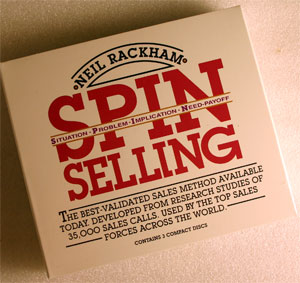Dr. Joseph Barber
If you are interested in the way that animals are treated in captivity, then when it comes to mealtimes you probably fall into one of these three categories:
- You are a vegan/vegetarian and don’t eat meat;
- You try to be a humane carnivore by selecting some of the welfare-friendly farming options (e.g., free-range chickens, outdoor-reared pork);
- You really try hard not to think about the delicious meat that you are eating, where it came from, or whether animals were poorly treated to get it (a very wise idea when eating ‘mystery meat’ pies and hotdogs).
I recently had my Hunter College (CUNY) masters students discuss the idea of ‘cultured meat’ (Hopkins & Dacey 2008) – meat that doesn’t come from whole animals, but that is grown from cell cultures (for more information click here and see this recent news article).  If we believe that animals can suffer from physical or psychological ill-treatment, and there are many intensive farming practices that may potentially lead to suffering (e.g., confinement without social companions, overcrowding, early weaning, beak trimming), then the idea of cultured meat actually sounds very attractive. From an environmental perspective, cultured meat would also probably need less space, fewer resources (e.g., water, food), and be less polluting than whole animals as well.
If we believe that animals can suffer from physical or psychological ill-treatment, and there are many intensive farming practices that may potentially lead to suffering (e.g., confinement without social companions, overcrowding, early weaning, beak trimming), then the idea of cultured meat actually sounds very attractive. From an environmental perspective, cultured meat would also probably need less space, fewer resources (e.g., water, food), and be less polluting than whole animals as well.
On the whole, my students were supportive of cultured meat (and it was generally meat-eaters who tended not to like it), but all of them identified some very relevant obstacles that this future technology would have to overcome to be a viable alternative to whole animal farming. Growing cell cultures is a current technology, but turning these cultures into tasty steak and kidney pie or pulled pork is going to require more research. And then you have to think about marketing it to the potential consumers of the product. All you would need is for the press to refer to cultured meat as “FrankenMeat”, or as another author put it “mindless chicken tumours” (Warkentin 2009), and you will probably lose a significant number of customers!
So what does this have to do with careers? Well, first of all, I like the idea of cultured meat, and so I thought it might be good to encourage any of you looking for PhD or Postdoc research opportunities to consider this as a potential topic. I think this could be a break-out product within the next 10-20 years, and the more of you who are working on it, the faster this might happen. If the vegans in my groups of students said that they would be willing to try cultured meat, then there is likely to be a huge portion of the population who might buy this. Secondly, the idea that mis-marketing of cultured meat as “mindless chicken tumours” might turn people away from this potentially great idea is a good reminder that how you talk about your research, especially to people who are not experts in your field, is very important. Cultured meat probably does have a lot in common with tumor growth at some biochemical level, and scientists in the field may know this, but talking about tumours and food in the same sentence to non-scientists isn’t going to get you very far when extolling the virtues of this idea. Whether you are looking for postdocs or jobs, networking, or even just trying to apply the results of your research, you will need to talk about your research to people from many different backgrounds, and you will need to do this in a way that makes your research interesting, relevant, and completely not gross or retch-inducing. An easy litmus test to use: if people ask you more questions about your research after you give them a 1-2 minute, tailored introduction to it, then you have done a good job. If people start dry-heaving and then run off in the other direction, looking over their shoulder at you to make sure you are not following them, then you may need to practice your 1-2 minute research talk a little more. We have a Career Services’ workshop that deals with talking about your research (Thursday 4th February), and so keep an eye out for this on our schedule.
Finally, if you are interested in the application of your research within industry or the business world, it might help if you have some understanding of marketing, economics, and business methods. These may be very transferable skills when it comes time for your job hunting. The wealth of student-based organizations here at Penn offers you an enormous choice in terms of skills that you can acquire or practice (e.g., Penn Biotech Group).
As always, visit us at Career Services for more information on your job search strategies, and I promise I won’t talk about a future filled with “mindless chicken tumour” nuggets.
Do blogs have a reference section? They do now!
Hopkins PD, Dacey A. 2008. Vegetarian meat: could technology save animals and satisfy meat eaters? J Agric Environ Ethics 21: 579-596. http://www.springerlink.com/content/46441473rw8306l2/fulltext.pdf
Warkentin T. 2009. Dis/integrating animals: ethical dimensions of the genetic engineering of animals for human consumption. In: Gigliotti C. (ed.), Leonardo’s Choice: Genetic Technologies and Animals. Springer, Netherlands. Pp.151-171. http://www.springerlink.com/content/r48678gk21815643/fulltext.pdf











